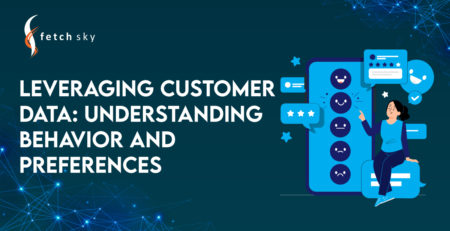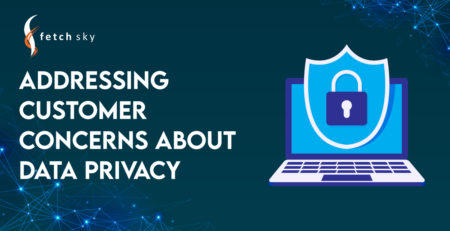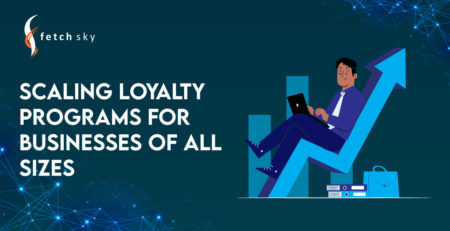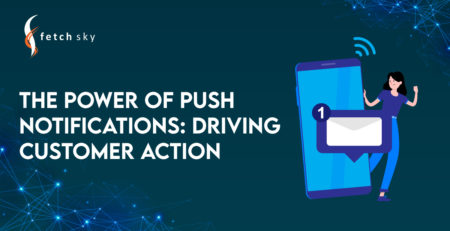Identifying Patterns: How to Use Data to Improve Loyalty Offerings
Customer feedback and data are valuable sources of information that can help you improve your products and services, as well as your loyalty programs. However, collecting and analyzing feedback and data can be challenging and time-consuming, especially if you don’t have a clear strategy and the right tools.
~Source
Introduction: Identifying Patterns
In the dynamic world of customer loyalty, businesses must continuously improve their loyalty offerings to stay ahead of the competition. One of the most powerful tools for enhancing loyalty programs is leveraging customer data for identifying patterns and trends. By analyzing data and recognizing patterns, businesses can gain valuable insights into customer behavior and preferences, enabling them to fine-tune their loyalty offerings for maximum impact.
You can read our blogs to know what a Digital Loyalty Solution exactly is, its benefits, how it can boost customer retention, and how to make an attractive loyalty program. You can also find steps to integrate it into your websites and into your apps and into your business systems as well. Moreover, there’s a gaming option you can add to your loyalty program, you can find out more about that as well. For in-depth personalization details in Digital Loyalty Programs, click here. Defining Goals is another important for Loyalty Program, read more.
The Power of Data in Identifying Patterns
Data is the backbone of modern loyalty programs, providing businesses with a wealth of information about their customers. By analyzing loyalty data, including customer interactions, redemption patterns, and purchase behavior, businesses can identify recurring trends and patterns that hold valuable clues about customer preferences.
Techniques for Identifying Patterns
Data Mining:
Data mining techniques, such as association rule mining and clustering, help identify relationships between customer actions and preferences. This enables businesses to group customers with similar characteristics and tailor loyalty rewards accordingly.
Predictive Analytics:
Leveraging predictive models, businesses can forecast customer behavior and anticipate future loyalty trends. This allows for proactive adjustments to loyalty offerings to align with customers’ evolving needs.
Social Media Listening:
Monitoring and analyzing social media conversations provide insights into customer sentiment and preferences. It helps identify trends and emerging topics that can inform loyalty program improvements.
 Customizing Loyalty Offerings and Identifying Patterns based on Insights
Customizing Loyalty Offerings and Identifying Patterns based on Insights
Personalized Rewards:
Utilize the identified patterns to offer personalized rewards that resonate with individual customer preferences. Tailored rewards enhance the perceived value of the loyalty program, leading to higher engagement.
Timely Promotions:
Identify peak engagement times and customer buying patterns to deliver promotions and offers when customers are most receptive. Timely promotions increase the chances of customer participation and redemption.
Surprise and Delight:
Use data insights to create surprise rewards or offers for loyal customers, such as exclusive discounts on their favorite products. Surprise and delight strategies foster positive emotional connections with the brand.
Continual Improvement through Data Analysis
A/B Testing:
Conduct A/B testing on different loyalty offerings to determine which strategies resonate best with customers. This iterative approach ensures continuous improvement based on real-time data.
Feedback Incorporation:
Integrate customer feedback into loyalty program enhancements. Customer insights are invaluable in refining the loyalty program to meet evolving customer needs.
Conclusion
Leveraging customer data is an essential aspect of optimizing loyalty programs. By understanding customer behavior and preferences through data-driven insights, businesses can create personalized and effective loyalty offerings that resonate with their customers. The power of customer data lies in its ability to drive meaningful engagement, foster loyalty, and ensure long-term success in an increasingly competitive market. With the right approach to data collection, analysis, and personalization, businesses can build strong and lasting relationships with their customers, leading to increased retention, customer satisfaction, and overall business growth.
To get a complete guide to Digital Loyalty Solutions, Click Here.







